
Medically reviewed by Dr. John Rosdeutscher – Written by Sine Thieme
At Nashville Hair Doctor, we have treated many hair transplant patients at our Nashville, Memphis, and Louisville locations. And nothing is more rewarding than witnessing the patient’s results after about 6 months, and then again at the one year mark.
But 6 months is a really long time. And what’s worse, the first 3 of those 6 months can be super frustrating, with many patients seeing no discernible growth at all.
We promise you that the end result is absolutely worth it, but we know how important it is to set the right expectations in our patients. If you know what to expect when, you won’t be disappointed. Below we show you the typical hair transplant recovery timeline, including sample pictures of several of our own patients.
First 3 Months After Hair Transplant
By all accounts, the first three months are the most frustrating phase of your hair transplant recovery. But there is good news too. To illustrate, we are going to look at the recipient and donor areas separately.
Growth in the Recipient Area
Approximately 4-5 days after the procedure, your newly transplanted hair in the recipient area(s) will begin to shed. We understand that this can be a cause for alarm, but if you’re a Hair Doctor patient, you will have been prepared to expect this.
Help! I’ve had a hair transplant and now my hair is falling out!
It’s completely normal for your hair to fall out after a transplant. Our hair grows in alternating cycles. The act of transplantation causes the hair shafts to fall out and enter a dormant phase (also called “shock loss”). This does not mean that the implanted follicles are lost. They are safely embedded in the scalp and will start producing again after the dormant cycle is over.
Once the hair has been shed, the follicles enter the so-called telogen resting phase. This takes about 2 to 2.5 months. Please note that not all hair falls out and rests at the same time. This is a process over time, meaning your recipient area may look patchy for fairly long stretches.
Growth in the Donor Area
And now for the good news: The hair in the donor area begins to grow immediately after the transplant, since it doesn’t experience any shock loss. This means that the donor area, which as part of the procedure had to be shaved for easier access, will be covered with new growth in about a week.
By the way, some patients are concerned about the thickness in the donor area. Yes, it does get thinned out by taking hair from it, and that is the reason our NeoGraft consultant needs to make sure you have enough donor hair for the number of grafts you are planning to transplant. We make sure that your donor area retains a full enough look for best overall results.
The illustration below of Nashville Hair Doctor patient David B’s recovery after 7 days shows you this fast progress in the donor area.
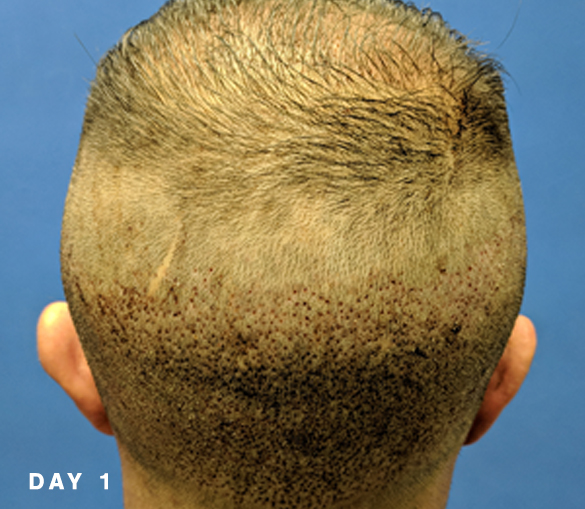
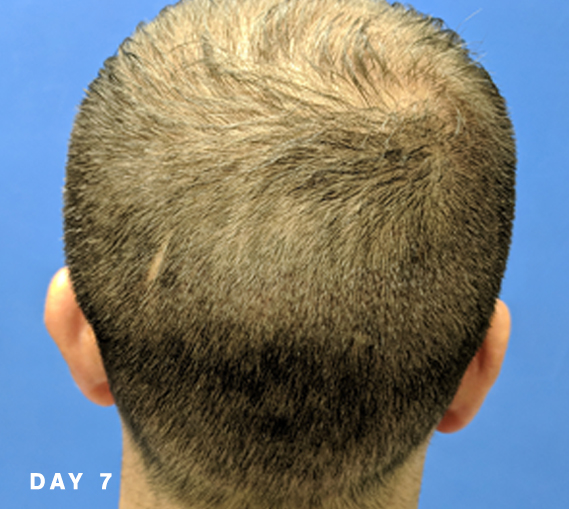

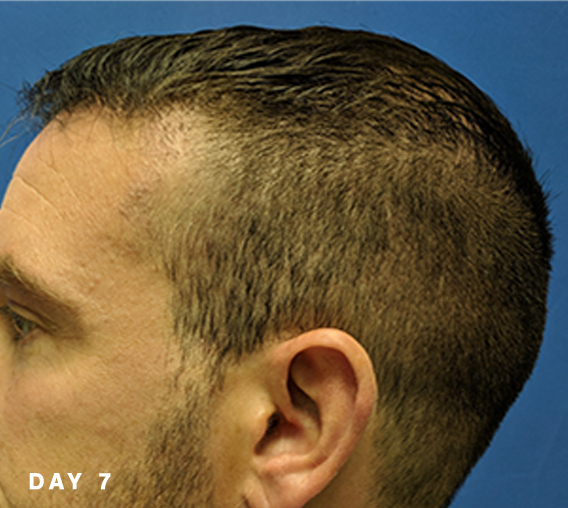
3-6 Months After Hair Transplant
Right around the beginning of the 4th month after your hair transplant, new hair will begin to grow (also called the slow-growth stage). This is the time you can finally get excited about your procedure.
See below two timelines that illustrate the big growth spurt occurring between months 3 and 6. The first is that of Nashville Hair Doctor patient Joseph B, who had a 2,000 graft hair transplant in 2018 to restore his balding half-moon area. The second is for Memphis Hair Doctor patient Micah T, who had a 1,200 graft hairline restoration in 2023.
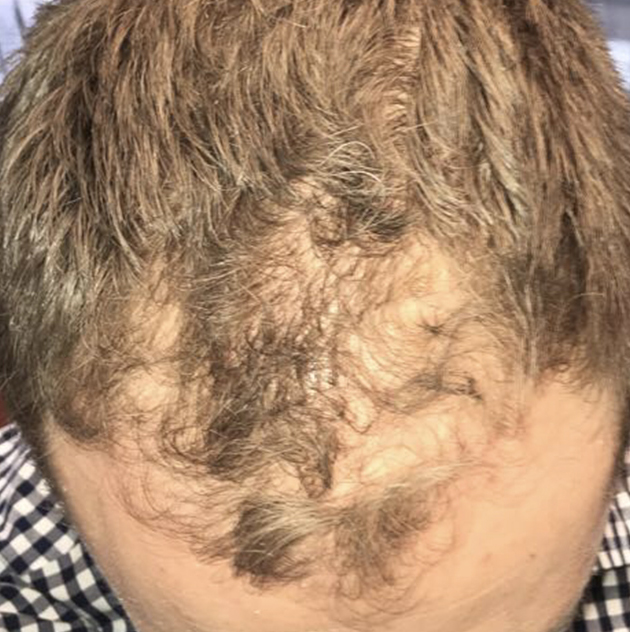

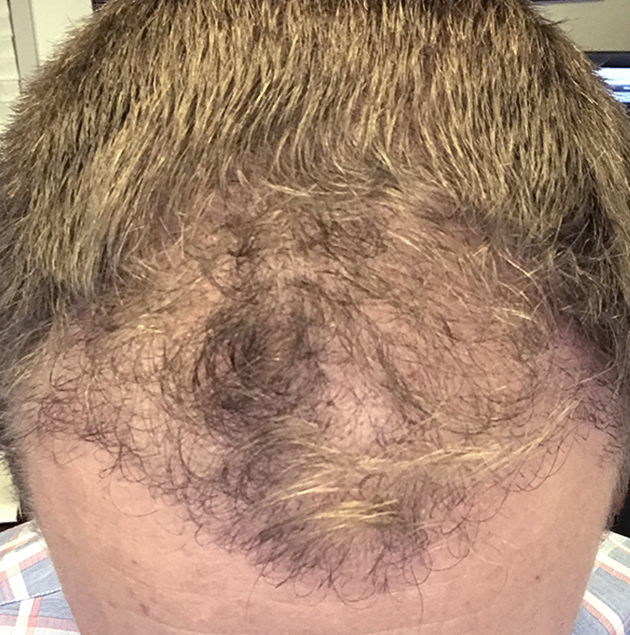
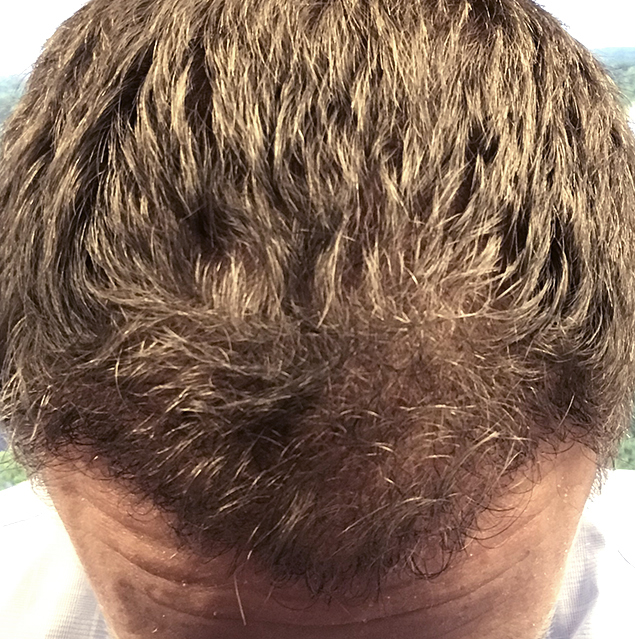
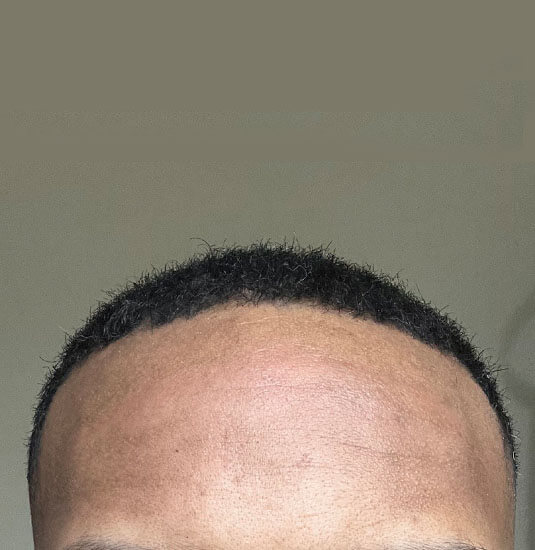
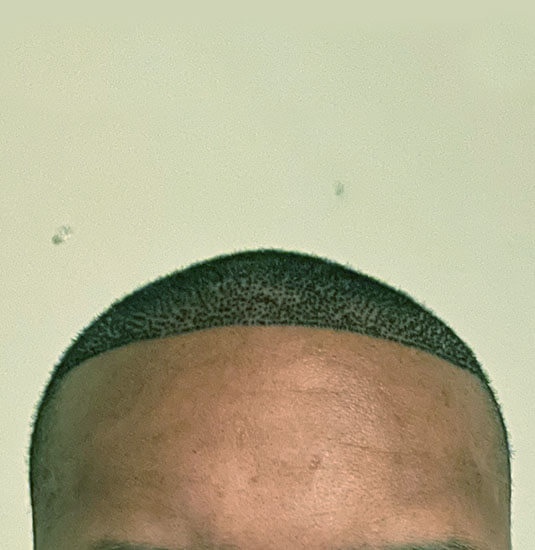
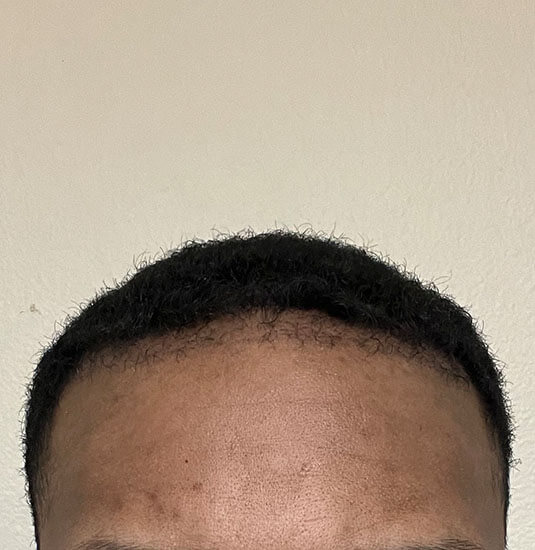
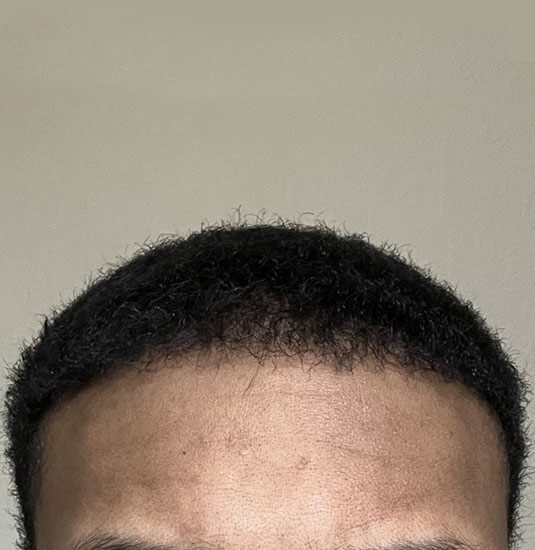
As you can see, both are still looking fairly thin at 3 months, with the first signs of growth starting to show. If this sounds like a really long time, it is. Most cosmetic surgery yields more immediate results. It makes sense that it takes longer for hair than, say, fat removal. We have to rely on the natural growth to take place, and of course hair doesn’t grow all that fast.
Anyway, 3-4 months post-op marks the beginning of real growth. At first, the new hair coming in may be thin and curly, but don’t worry – it will thicken and straighten out as it grows longer. Again, do not get discouraged by the fact that the transplant area may look patchy at this stage. This is caused by the different stages of growth cycle within this area.
6-9 Months After Hair Transplant
Many patients see really good results around 6 months after their procedure. David Bernard’s after picture below was taken 6 months after his July 2018 hair transplant.


However, there is still a lot of growth ahead of you. In fact, at 6 months the most noticeable growth and thickening of the transplanted hair begins. This period is also called the hair busting stage. Finally, your new hair grows normally at the same rate as your other hair, about 1-2 cm per month. This means your transplant area will continue to thicken at a nice rate.
9-12 Months After Hair Transplant
Your hair will continue to thicken through this phase.
This is also an exciting time to think about styling your hair. We advise our patients to refrain from having their transplanted hair buzzed during the first year following their transplant. But scissor haircuts are totally okay, starting at about 1 month after the transplant.
Note: The donor area can be styled or buzzed as soon as 7-10 days after the transplant to your heart’s content. You just need to make sure that all scabs have healed and fallen off before you proceed.
After 12 months, we consider your hair transplant recovery to be complete, and typically schedule an in-office follow-up visit to measure results. If an in-person visit is not feasible, we typically ask for an email with your after pictures.
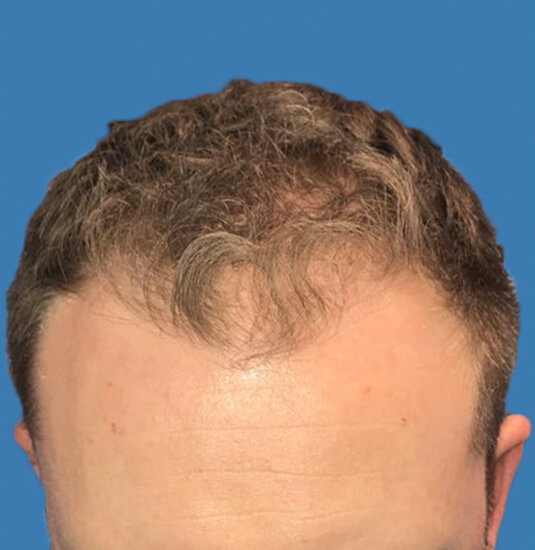
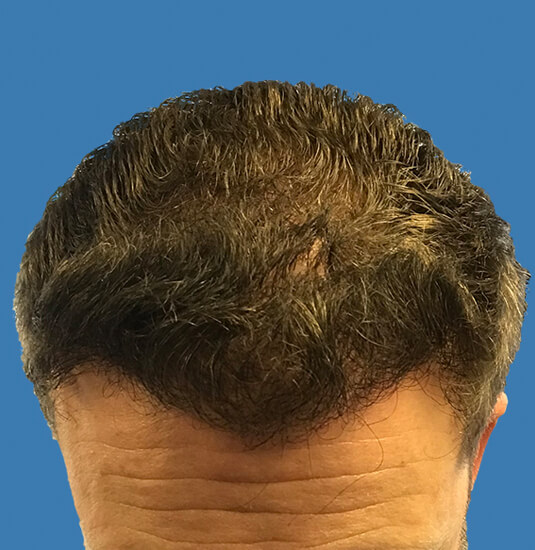
In reality, your hair may not stick to that exact schedule. Growth rates differ from person to person. And many patients experience growth and thickening to continue until 14-15 months after their procedure.
It’s also good to know that younger patients typically see faster results than older patients. And the frontal areas like hairlines typically also grow faster than the crown.
Bonus: If you’ve read this far, you’ll love this 12-month documentation by a Nashville Hair Doctor patient, allowing you to see the exact same angles over time from pre-op to 1 year.
We hope this has helped you understand what to expect from a NeoGraft hair transplant. If you’re ready to get started, request your free quote from us today! If you’re not located near our Nashville, Memphis, or Louisville location, ask us about our travel discount.
